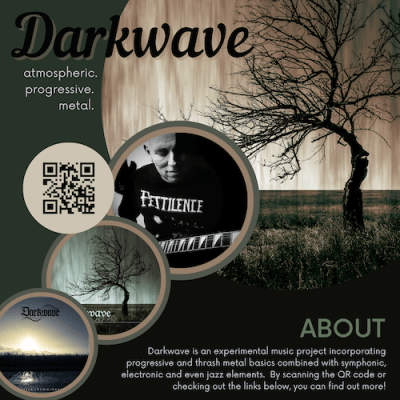Lately I’ve been feeling that I’m scattering myself across too many places — several social media platforms, a YouTube channel, Bandcamp, SoundCloud, and my own website.
It’s exhausting, and it fragments something that should be whole.
No matter how hard I try, I can’t really tell who sees my posts, or who still walks with me through this journey of sound and thought.
So I’ve made a decision.
From now on, I want to breathe more life into my official website — to make it the heart of everything I do.
That’s where I’ll share my updates first, where I’ll build something small but genuine — a quiet, steady space for those who truly resonate with my music and words.
I’m not disappearing from social media, but I want to rely less on these fleeting platforms, and more on a place that feels like home — free from algorithms, noise, and constant fragmentation.
If you’d like to stay connected, please subscribe (for free) on my website.
The Subscribe button is in the lower right corner (both on desktop and mobile – see screenshots below).
It’s free, simple, and means more than you might think.
Thank you for walking this path with me.








